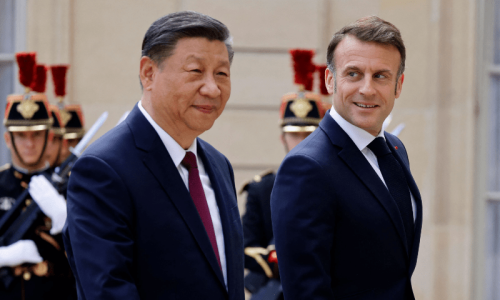WASHINGTON: The trade deal that US negotiators are seeking with China may have more in common with a sanctions-monitoring regime than a traditional trade pact.
The administration of US President Donald Trump is pushing China to agree to regular reviews of its compliance as a condition of any trade deal between the world’s two biggest economies, according to people familiar with the talks.
The proposal for reviews is one key way in a US-China deal could differ from typical trade deals across the world, in part because of the deep distrust between their two governments.
Here’s a breakdown of the issues that are unique to the bilateral talks: Not likely. The United States has not made public any offers to lift tarriffs, although negotiators for both nations are working to avoid a scheduled March 2 tariff increase on $200 billion worth of Chinese goods.
US officials see the continuing threat of tariffs as the “teeth” in any agreement. The United States alleges that Chinese companies have coerced their US partners into improperly transferring proprietary technology - an allegation Beijing denies. The demand for frequent compliance reviews reflects frustration among US officials who have complained that China’s has failed to follow through on past commitments to implement free-market reforms.
China has proposed buying additional US services and goods, including soybeans and energy products, people familiar with the talks have said.
US Treasury Secretary Steven Mnuchin in December said China had offered to make an additional $1.2 trillion in additional purchases from the United States, and Bloomberg reported Friday that China has proposed purchases that would eliminate the US trade deficit with China by 2024.
Economists have argued that significantly reducing the US trade deficit will be difficult, given that the strong American economy and consumer spending means that demand for imports is strengthening. The US had a $375 billion goods trade deficit with China in 2017, and will likely exceed that for 2018 when final US Census Bureau trade data are released.
Published in Dawn, January 20th, 2019













































